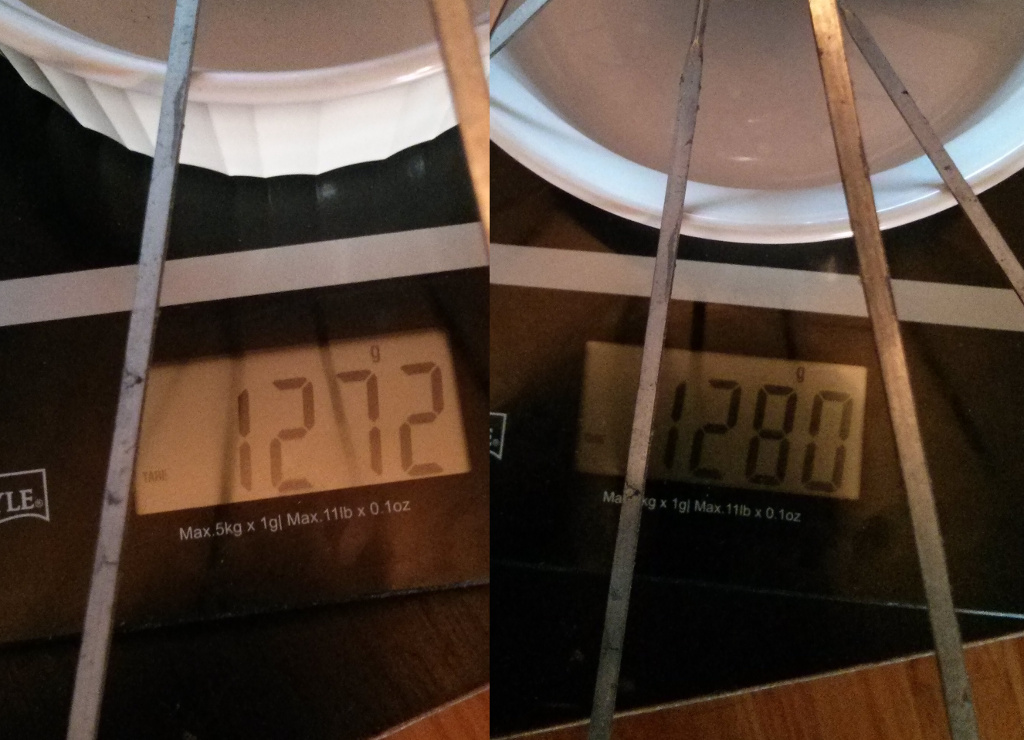Moment of Inertia
The moment of inertia (I, in the power model) of a body rotating on an axis describes the amount of torque required to accelerate its rotation. It is calculated by taking the sum of the mass times the square of the radius of every particle in the body, or:
.
To save a bit of effort, we can assume that a bicycle wheel is more like a pendulum, in that almost all of the wheel’s rotating mass (minus the spokes and rotating hub shell), is at its circumference, in the form of the rim and tire. So the simpler formula,
,
will suffice for now.
Via an informal survey of the road wheel offerings on chainreactioncycles.com, I can make a reasonable estimate of the masses of the components of the wheel:
- tire: 200-300g;
- tube: ~100g;
- rim (the mass of the wheel, assuming the portion contained in spokes and hub shell is insignificant; not a great assumption, but it’ll do for now): 800g;
- air in the tire: 8.616906g
The value for 4 is calculated by estimating the volume of the tube as a torus of 330mm major radius (measured from the axle to the centre of the tube), and 11.5mm minor radius,
,
and calculating the density of air in the tube (120psi, 15C and 80% humidity).
,
Here, is the partial pressure of dry air,
is the specific gas constant for dry air,
is the specific gas constant for water vapour,
is the pressure of water vapour and
is the temperature in Kelvin. The pressure is measured with respect to atmospheric pressure (gauge) pressure, unlike atmospheric pressure, which is absolute. So the absolute pressure in the tire is,
,
where the first term is 120psi in Pa, and the second is the current atmospheric pressure in Pa.
Next, determine the mass of air:
.
We have to remember to subtract the mass of air that would have occupied the same space at atmospheric pressure, so:
.
I weighed a wheel with and without 120psi of air in the tire. The difference is 8g on this very imprecise scale, close to the calculated value. This tiny value is well within the uncertainty of the masses of other wheel components, but I’ll throw it in for now.
So, using 250g for the tire, 100g for the tube, 800g for the wheel and 9g for the air in the tire, the mass of the pendulum is 1159g. The standard radius of the rim is 311mm. Then, the moment of inertia is,
.
This is slightly larger than Martin et al., at , but maybe my wheels are just better! (More likely, they used a better method for measuring it.)
Now I can estimate the moments of inertia for different wheel/tire sizes.
Spoke Drag and Rolling Resistance
Unfortunately there’s no easy way to estimate spoke drag, so I’ll have to use the documented constant (0.0044).
Martin et al. estimated the coefficient of rolling resistance by averaging reported values for ten tires. I’ll be using the same value (0.0032).
